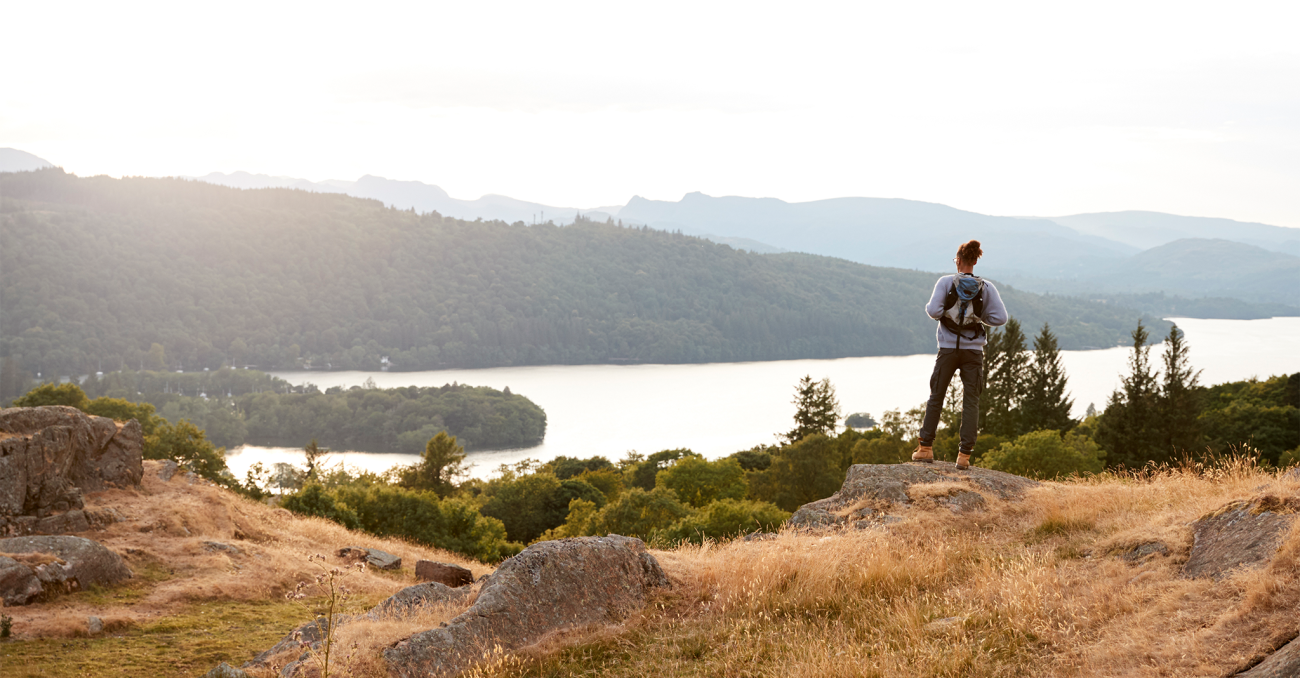
Regional Climatology and Adaptation to Climate Change
Ouranos is a collaborative innovation hub enabling Quebec society to better adapt to an evolving climate. The consortium brings together upwards of 450 researchers, experts, practitioners and decision-makers from an array of disciplines, collectively working on numerous applied research programs and projects.
Featured
Flooding: Seven years of collaboration and more than 30 projects completed to manage risks
The latest news
Adapting the electricity grid to climate change: An innovative project
An innovative pan-Canadian project is addressing robust evaluation systems for the climate change adaptation measures
Freezing rain: A challenge for climate projections
Modelling freezing rain is a significant challenge for scientists. It has been difficult to reconstruct the past and simulate the future of freezing rain in Quebec.
Topics of interest
Climate Portraits
Designed by Ouranos, Climate Portraits is a regional portal of climate-related information that offers spatialized information across Quebec. The portal can be used to visualize climate normals, historic observations and the changes projected by climate models.
Join the Ouranos Network to receive our newsletter and other information.
